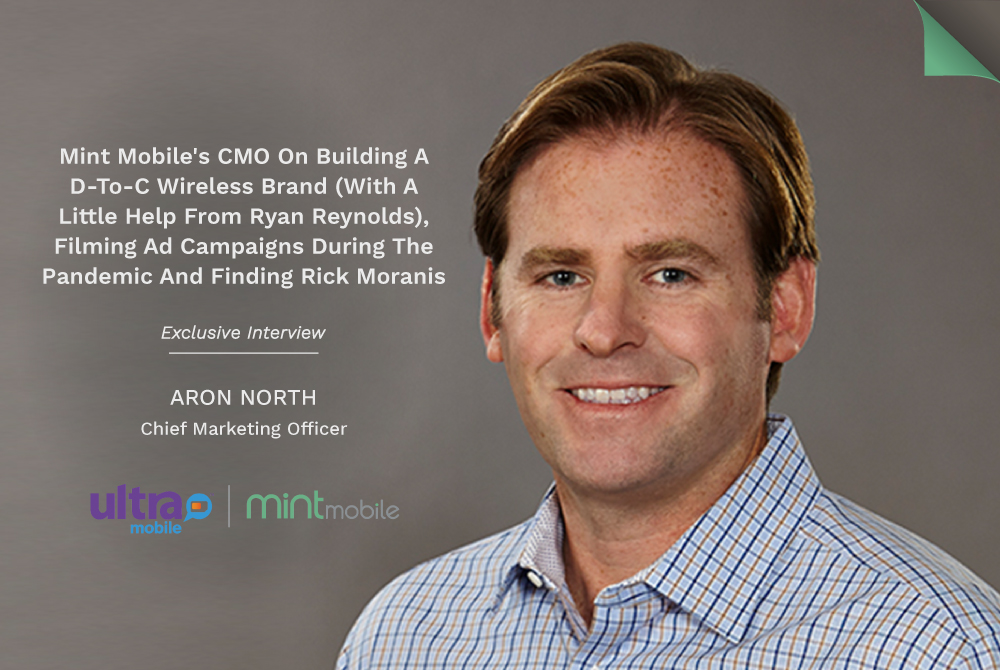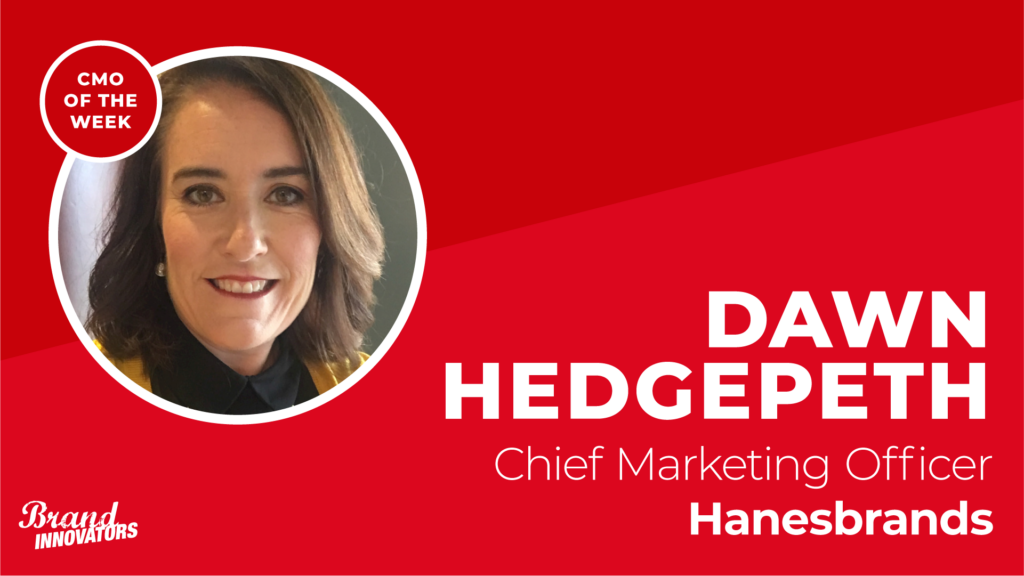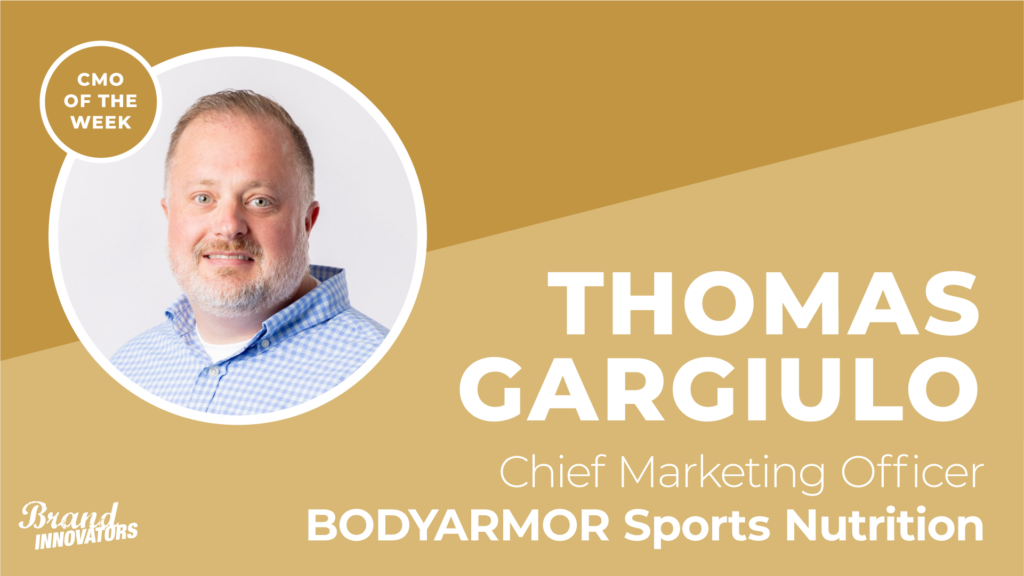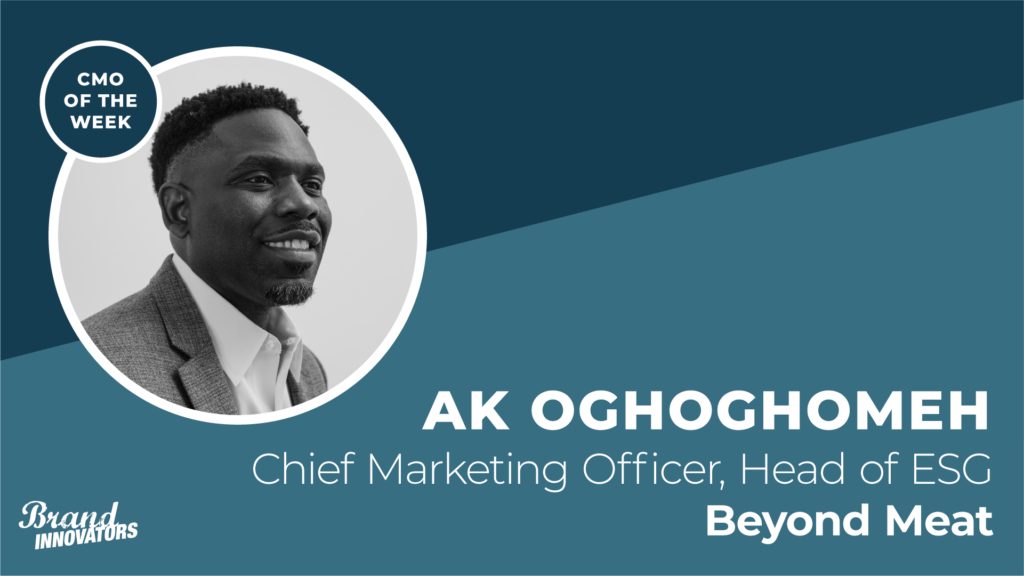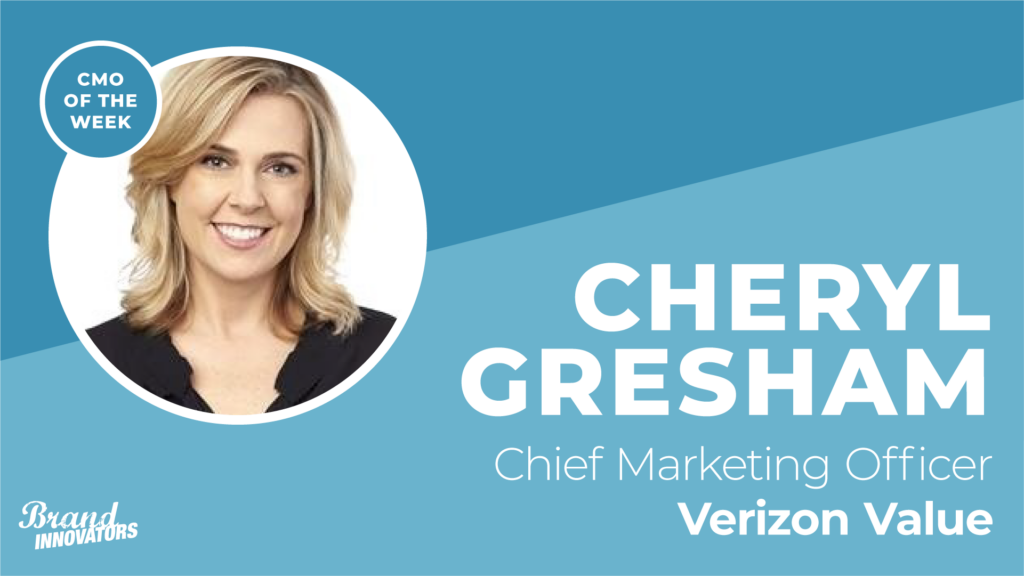As the star of the “Ghostbusters” and “Honey, I Shrunk The Kids!” franchises, Rick Moranis was one of the most ubiquitous actors of the ‘80s. But after 1997’s straight-to-video threequel “Honey, We Shrunk Ourselves!”, Moranis all but vanished from public life and consciousness, reappearing here and there with the occasional voice-acting gig.
So it was only a given that his first on-camera appearance in 23 years would go viral on September 9, co-starring in a surprise ad for direct-to-consumer wireless carrier Mint Mobile alongside its new owner, Ryan Reynolds. In the first eight days of its release, the spot has been viewed more than 2.4 million times on YouTube, garnering earned media coverage from national outlets including CNN, NBC’s “Today” and People.com, among many others. As Vanity Fair quipped in its article about the campaign, “The famously picky actor…stepped back in front of the camera to stump for cell phones. It’s 2020, why not?”
Aron North, who’s been chief marketing officer of Mint Mobile and its sister company Ultra Mobile since a month before Mint was founded in August 2016, says although outreach to Moranis was all Reynolds’ idea, the stunt was necessary to draw attention to Mint’s first widespread offering of unlimited data for $30/month to new subscribers. “We’re still a small brand, so we saw an opportunity to create some familiarity with the customer through our ad campaign to drive our message,” North says.
After quietly rolling out the Moranis spot online late into the night of September 8 before any PR or official announcement, North could already tell the campaign was going to connect, based on one key early indicator. “Reddit caught on to it quickly without any public messaging around it,” he says. “We had been working all year to launch unlimited in September to validate that people are shopping again. So by the time we officially announced, it was quite a day.”
Reynolds stars in two additional spots with unexpected guests — Avery Revere, the great-great-great-great-granddaughter of Paul Revere, and 2019 Teacher of the Year Rodney Robinson — to help kick off a series of future ads that will be released under the “Ryan &” banner. And despite the green-screened set, each commercial was filmed live with Reynolds and his guests under extra-safe conditions to comply with the new COVID-19 production guidelines.
As an online-only D2C wireless company that operates on the T-Mobile network, Mint Mobile is a uniquely positioned challenger brand in a crowded category dominated by brick-and-mortar retail. North joined Ultra Mobile to help launch Mint Mobile in July 2016 after a five-year stint with Taco Bell, where he was part of the team that launched Doritos Locos tacos, breakfast and other new menu items that brought strong business growth and endless buzz to the legacy QSR brand.
That entrepreneurial spirit carried over to his role with Ultra Mobile, where he built the marketing department for Mint from scratch to a growth trajectory that exceeded first full-year forecasts by 500% in 2017 and has doubled in size in 2018 and 2019, respectively. The company has not shared subscriber figures publicly.
Brand Innovators caught up with North from his home near Mint Mobile’s headquarters in Costa Mesa, Calif., to learn more about his path from agencies to Taco Bell and Mint Mobile, the creative contributions of a superstar like Reynolds and the benefits of being direct-to-consumer. The conversation has been edited for length and clarity.
Brand Innovators: You worked for a lot of big-name agencies like Y&R and brands like Taco Bell prior to joining Ultra Mobile. What appealed to you about the opportunity to join a wireless startup?
Aron North: I got my start for a decade at agencies and really loved that opportunity. I recommend people do it before they go client side. You get multiple years of experience in every year you put in. I ended up leaving and I joined Taco Bell at an amazing point with the team that rebranded and repositioned Taco Bell coming out of the bogus beef lawsuit.
So to turn the brand from when it had decreasing sales the year I got there because of the lawsuit to adding almost a billion dollars in topline every year after that was just phenomenal. It was just the best gig ever as I thought at the time, and one day I got a cold call from a headhunter who said, “How would you like to work for the fastest growing company in America and build them a marketing department?” I said, “That sounds amazing but I don’t want to move.” And when I heard the job was in Costa Mesa, which was 10 minutes down the street from where I was working at Taco Bell, I thought, “There’s no way the fastest growing company is right down the street.” At the time it was only Ultra Mobile, there was no Mint Mobile. It just felt like it would be something really good for me to grow from a career standpoint, and when I got there we birthed Mint. It has just been one of the most exciting things I’ve ever done in my life from a career standpoint. It’s been phenomenal and insane.
Ryan Reynolds became an owner of Mint Mobile in November 2019 after Ultra and Mint became separate business units. Beyond the obvious capital and name recognition he brings to the table, what sweat equity is he putting in as a fellow marketer?
Ryan is actively involved in the marketing and strategy of the brand. We use his agency Maximum Effort as one of our agencies, so we get not only his fantastic creativity, thinking, strategy and marketing ideas, we get to use a small but highly qualified group of agency individuals. It’s been just incredible to work with them.
You debuted three new buzzy spots this month, including one with Rick Moranis that garnered a lot of media buzz. How did you shoot these safely, given the new guidelines for shoots during COVID-19?
Safety is our utmost concern. Our companies Mint and Ultra Mobile have taken this very, very seriously. We were ahead of the game when it came time to letting people work from home in early March, so that when the mandatory state order came out we were ready to send people home and had already built the infrastructure to do it.
For these “Ryan &” campaigns, we shoot everything union and we abide by union rules, so we couldn’t do production during the stay-at-home orders — which is why we had a television ad of slides. But with this campaign, we were more strict than even what the SAG protocols called for. We shot it in New York on a stage, I flew out a week before, quarantined while in New York and was taking COVID tests daily, making sure you get consistent negative readings. It’s a different world being on set. Everybody’s masked, everybody’s getting temperature checked. All the safety precautions you can imagine, very few people on set, lighting folks and camera operators. From a marketing perspective, it was very narrow. It was talent, myself and key folks from Maximum Effort. Everybody’s away, everybody’s apart.
The interesting thing was Ryan and whomever he’s shooting with, they’re about six feet apart anyway, so it just sort of worked out that way. But still, it was completely different than any shoot I’ve been on in my life. It’s a bummer because you want your broader team to be there but it’s just not safe. I didn’t want my team flying across the country and having to self-isolate and do this and that. Even when I came back, I had to quarantine away from my family for a week and get negative testing before I re-inserted myself back into the North family bubble. But it was important to figure out a way to do this all in-person safely, because you can feel it when it’s not. I’ve seen work from other brands where the green screen is too distracting.
Of course, Mint Mobile isn’t the only Ryan Reynolds-affiliated brand that’s made headlines in the past month following the recent acquisition of his Aviation Gin by Diageo, valued at an estimated $610 million. Are there any crossover campaigns or collabs with that brand in the works as part of the Ryan Reynolds meta-verse?
We haven’t done any yet. It’s really important for me that we launch our brand as a standalone, but what they have done with Aviation is amazing. It’s one of the reasons we were so excited to partner with Ryan. What he’s able to do to classic marketing and how he’s turning it on its head is really exciting for us.
We’re a fairly unconventional brand. We’re in a space dominated by traditional retail and we don’t own a store, so we are unconventional. And having him and what he was able to do with Aviation and bring that creativity and innovation in our space is really magnificent. But it’s important to launch us standalone separate from Aviation. And then yeah, I’m sure there’s gonna be opportunities to do stuff together. They’re a very fun brand, we love what they do. And as it turns out, we have the same owner.
Because your business was less vulnerable to the COVID-19 pandemic than others in terms of temporary closures of physical retail locations, has it been relatively steady in the whole of 2020 so far?
We were not impervious to a global pandemic. The way our business has been affected is different from most. We’ve had to deal with government intervention. When everybody got the stay at home order, the FCC came out with a strong recommendation that even if the customers don’t pay their bills, you should not kick them off your cellular service. And there are no new cell phone users coming into the market — the market is saturated, we’re in a “steal share” game. So what happens when you don’t have to pay your bill and you still continue your service is nobody switches. Our business took a hit because there was some outside intervention that made our product unattractive because you could get service for free. That ended, so what we did was say, “Look, we’re not gonna get a bunch of new customers right away, let’s be smart, let’s lower our acquisition spend and focus on our current customers and take care of them.”
We were able to come up with a concept of unlimited data for $15/month on the Friday night of stay-at-home orders and by Monday morning extended it all to our customers. And we ended up extending it twice. That was an important move for us to take care of our customers. It also allowed us to focus internally on what our customers need and where we should go next. We’re able to not spend above the line, we’re saving money and using that money to reduce churn. Our business wasn’t growing during that time, but once that order lifted from the government our business took off. The company had been growing exponentially until the pandemic hit. It’s too soon to call it, but we’re still gonna have a good year.
How else has being a direct-to-consumer brand since the inception of your business been an advantage?
People don’t believe me when I tell them I have the same service as others, it’s just so much cheaper. There is still so much doubt that you can have high quality items at low cost. That does not compute in the American psyche, we’ve been told all our lives that expensive has to be better. It’s not in this case. You can’t touch, taste or smell wireless. It is as commoditized as anything in the market. For us if you have the right phone, the service will work great for you.
Our business is very different. Not having stores is incredible. We don’t have the costs. I know what stores cost to build. It’s millions of dollars and then you gotta light it, employ it, et cetera. To be big you have to have 10,000 plus stores like the big brands. That’s billions of dollars in investment. We’re able to do premium wireless and keep the costs down. It’s the classic d-to-c approach, innovate the process and create a better mouse trap.
Andrew Hampp is an entertainment marketing consultant for Brand Innovators and the founder of consultancy 1803 LLC, based in Berkeley, California.
